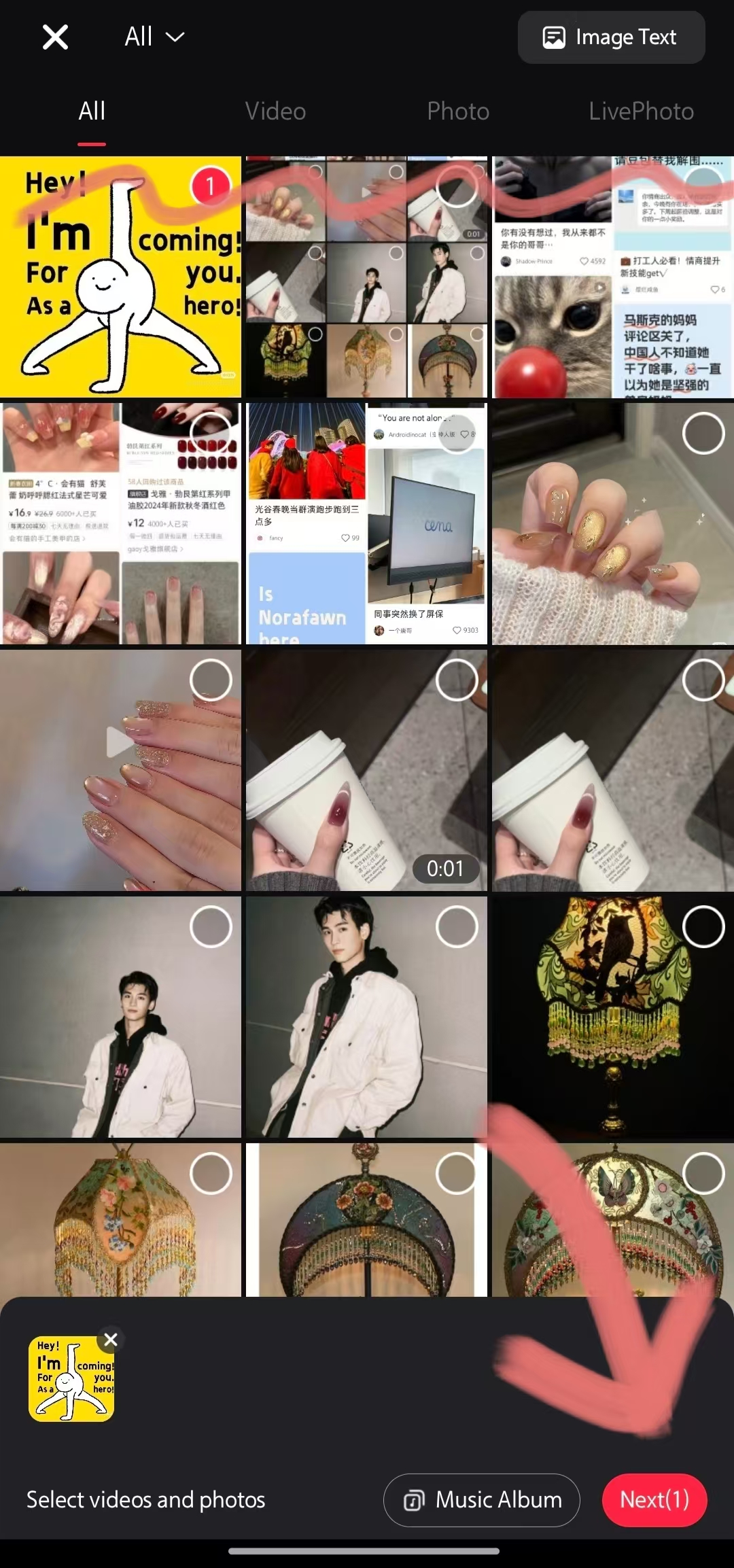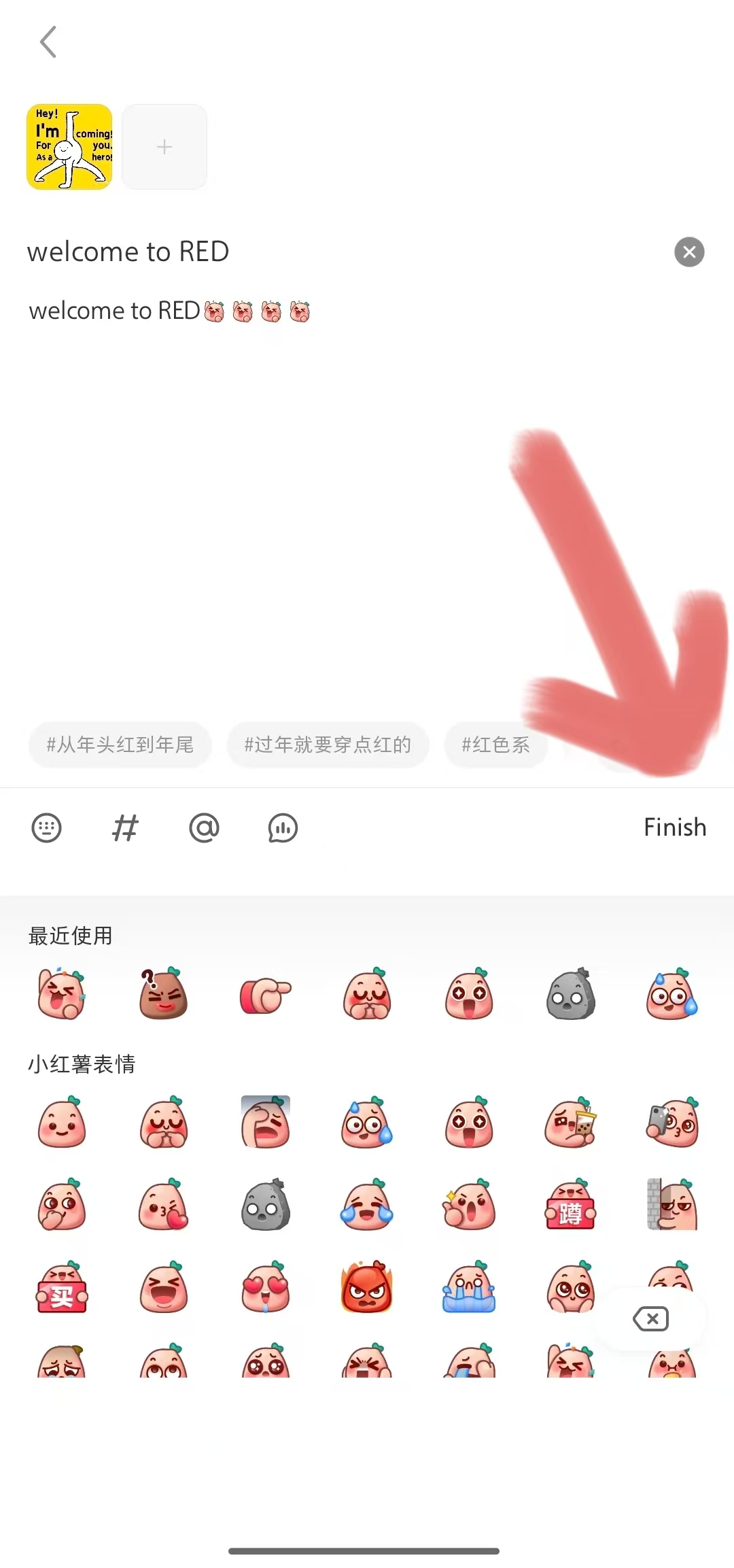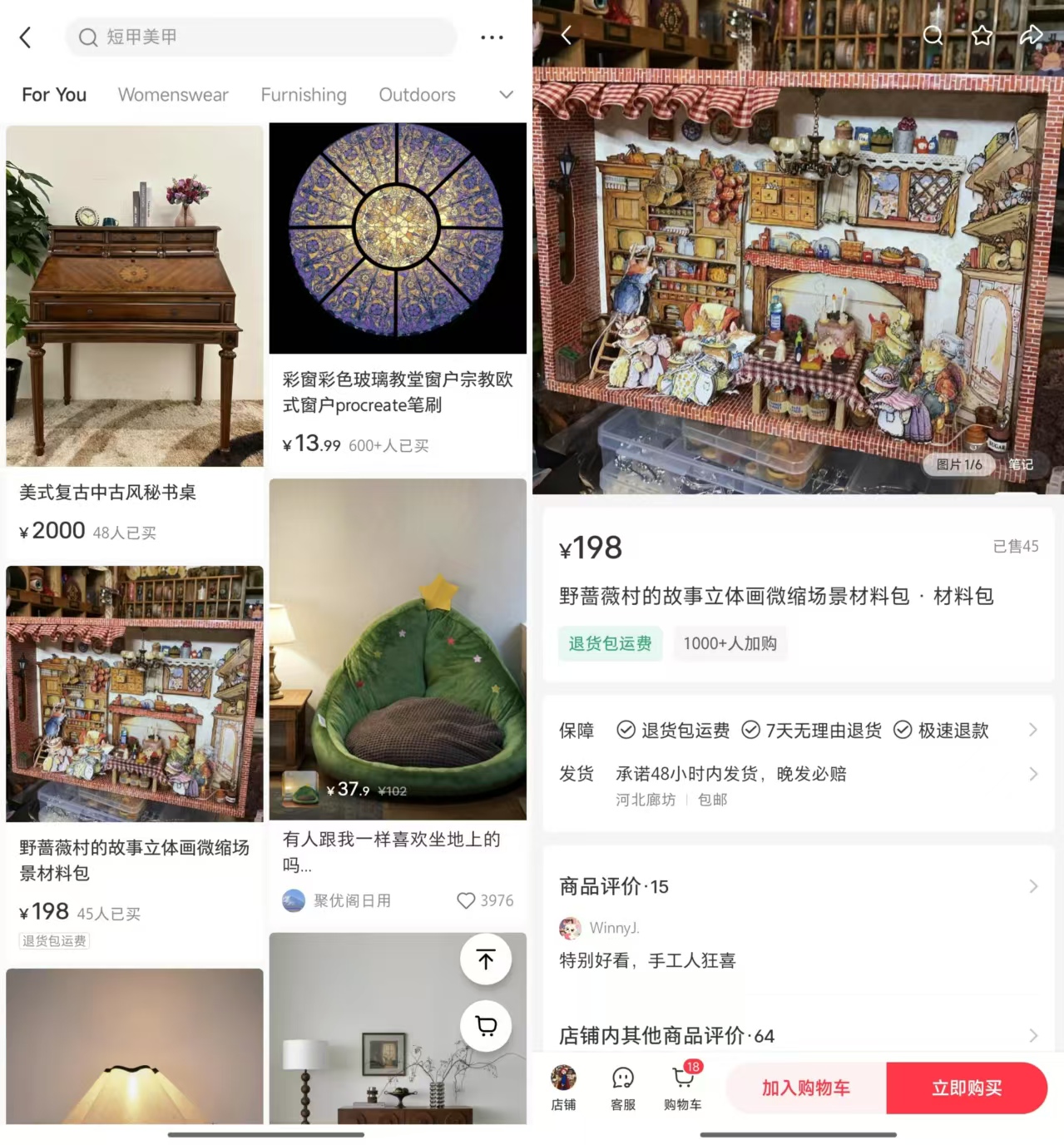REDnote Features
Discover all the powerful features that make REDnote unique
Content Creation
1
Create New Post
Tap the "+" button in the center of the bottom navigation bar

2
Choose Content Type
Select photos, videos, or create a text-based post

3
Edit and Enhance
Add filters, text, music, and edit your content

4
Publish
Add title, description, tags, and share your content

Content Discovery
Smart Recommendations
Personalized content based on your interests and interactions
- AI-powered content curation
- Interest-based recommendations
- Trending content highlights
Advanced Search
Find exactly what you're looking for with powerful search options
- Keyword search
- Filter by category
- Location-based search
Topic Tags
Explore content through organized topic categories
- Trending hashtags
- Category exploration
- Community topics
Shopping Features
RED Mall
Shop directly from trusted brands and creators
- Verified authentic products
- Direct brand partnerships
- Exclusive deals and offers
- Secure payment system

Video Features
A comprehensive comparison between TikTok and REDnote
Similarities
- Content is King Both platforms are centered around user-generated content (UGC), encouraging users to create and share.
- Algorithm-Driven Both rely on powerful algorithms to recommend personalized content to users, increasing user engagement.
- Social Features Both have social features allowing users to follow, like, comment, share, and interact with other users.
- E-commerce Potential Both possess strong e-commerce potential, facilitating product sales through content marketing, live streaming commerce, etc.
- Trendsetters Both can drive trends, whether in music, dance, fashion, or lifestyle, which can spread rapidly on these platforms.
Differences
| Feature | TikTok | REDnote |
|---|---|---|
| Content Format | Primarily short videos, with some images and live streams. Emphasizes visual impact and entertainment. | Primarily image and text-based notes, with some short videos and live streams. Focuses more on lifestyle sharing and consumption experiences. |
| User Base | Global users, with a broader age range, leaning younger. | Primarily young Chinese women interested in fashion, beauty, and lifestyle topics. |
| Content Themes | Entertainment, humor, talent showcases, challenges, music, dance, etc. | Fashion, beauty, skincare, travel, food, home decor, parenting, shopping experiences, etc. |
| Community Atmosphere | More geared towards entertainment and mass appeal, emphasizing rapid dissemination and viral marketing. | More focused on lifestyle sharing and experience exchange, emphasizing authenticity and word-of-mouth marketing. |
| Business Model | Primarily relies on advertising, live streaming commerce, and e-commerce commissions. | Primarily relies on advertising, brand collaborations, and directing traffic to e-commerce platforms. |
| Content Discovery | Relies on algorithmic recommendations; users discover content through the "For You" page. | In addition to algorithmic recommendations, users can discover content through search, hashtags, and following. |
| Monetization | Live commerce, in-feed ads, influencer marketing, branded challenges, etc. | Brand partnerships, content integration, community group buying, e-commerce traffic generation, offline events, etc. |
| Content Depth | Content is relatively fragmented, focusing on immediacy and entertainment. | Content tends to be more in-depth; users are more likely to seek practical information and shared experiences. |
| User Scenarios | Primarily used for entertainment and leisure during fragmented time. | Primarily used for obtaining information, learning from experiences, discovering new products, and making purchasing decisions. |
Social Interactions
Like
Show appreciation for content you enjoy
Comment
Engage in discussions and share your thoughts
Save
Bookmark content to view later
Direct Message
Connect privately with other users